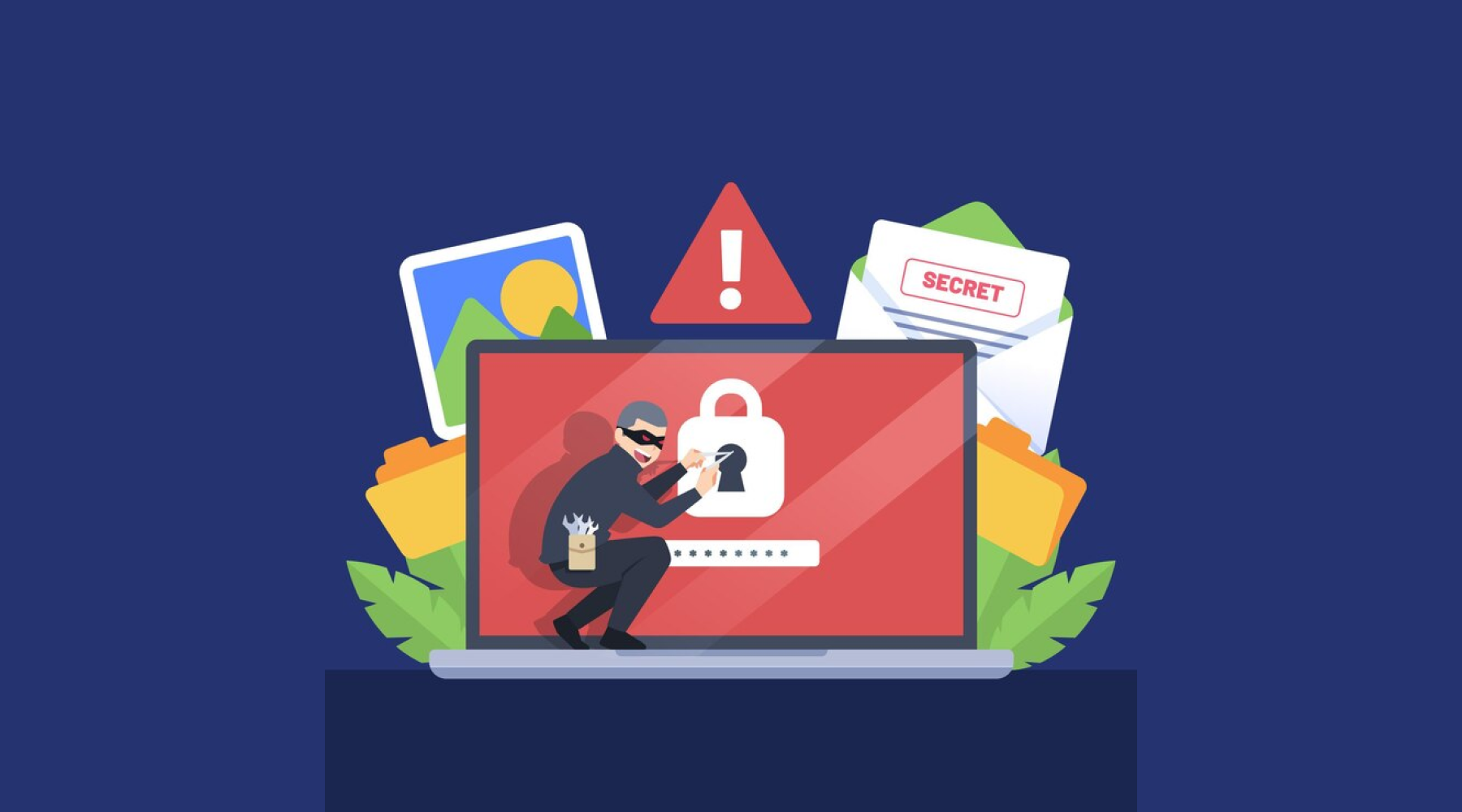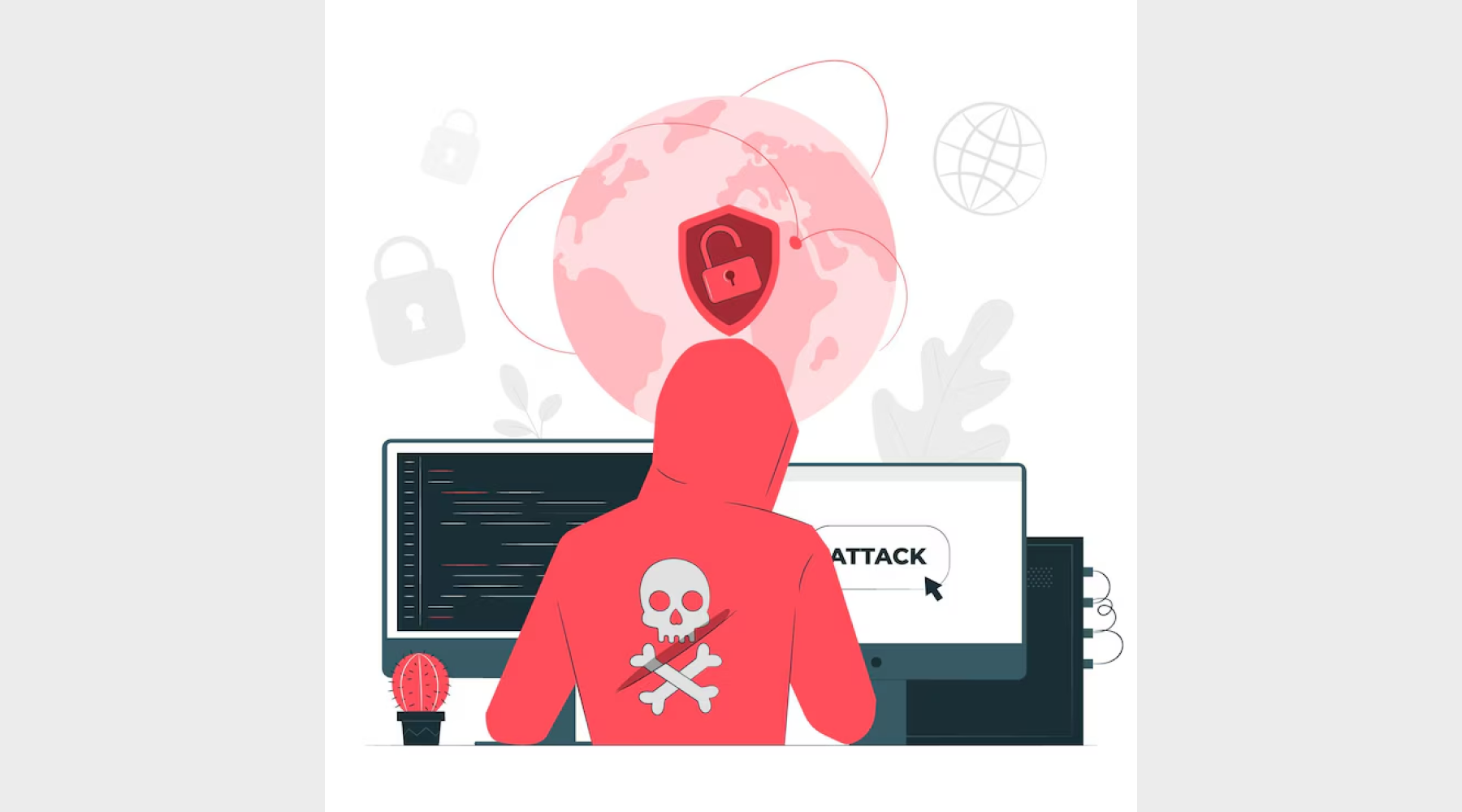In today’s interconnected world, technology deeply influences every aspect of our lives. Individuals, as well as businesses, depend more than ever on digital systems. This increased reliance brings with it a heightened risk of cyber threats.
The term “cybersecurity” is often mentioned, but what does it encompass, and how it shields us from various digital dangers?
Let’s explore the essentials of cybersecurity and its pivotal role in safeguarding our digital lives, including the added peace of mind that cybersecurity warranty coverage can provide.
Understanding Cybersecurity
Cybersecurity is the practice of defending systems, networks, and data from digital attacks that aim to access, alter, or destroy sensitive information. These attacks can disrupt business operations, cause financial loss, or compromise personal data.
Given the rapid evolution of cyber threats, cybersecurity is no longer just a concern for IT departments—it is a critical component of any modern organization’s risk management strategy.
The importance of cybersecurity cannot be overstated. As organizations rely highly on digital solutions for everything from daily operations to customer interactions, ensuring their systems are protected from cyber threats is crucial.
Cybersecurity includes a wide range of technologies and practices designed to defend against these threats and ensure information confidentiality, integrity, and availability.
What Does Cybersecurity Protect Against?
Cybersecurity defends against many threats, each with its own potential impacts. Here’s an overview of some key threats that cybersecurity aims to protect against:
Malware Attacks
What It Is: Malware, short for malicious software, includes different types of harmful programs such as viruses, ransomware, spyware, and Trojans. These programs are created to disrupt, damage, or get unauthorized access to computers and networks.
Impact: Malware attacks can have severe consequences, including the theft of sensitive data, encryption of files for ransom, and disruption of business operations.
Cybersecurity Ventures expects ransomware damage costs to exceed $265 billion USD annually by 2031. The financial impact of malware extends beyond immediate costs, potentially affecting long-term business viability and customer trust.
Protection: To combat malware, cybersecurity measures such as antivirus software, firewalls, and advanced threat detection systems are essential. Regular updates and patches also play a crucial role in protecting systems from known vulnerabilities exploited by malware.
Phishing Scams
What It Is: Phishing is a social engineering attack where cybercriminals impersonate legitimate entities, typically via email, to trick individuals into divulging sensitive information like passwords or financial details.
Impact: Phishing is responsible for a significant percentage of data breaches, with estimates suggesting it accounts for 90% of such incidents. Phishing attacks can cause substantial financial losses, identity theft, and unauthorized access to corporate systems, making it a critical threat to address.
Protection: Effective cybersecurity measures to defend against phishing include email filtering solutions, anti-phishing tools, and comprehensive employee training programs. Educating users on recognizing phishing attempts and practicing cautious behavior online can significantly reduce the risk of falling victim to these attacks.
Data Breaches
What It Is: A data breach occurs when unauthorized individuals access confidential information, such as customer data, financial records, or intellectual property. These breaches can result from hacking, insider threats, or physical theft.
Impact: The financial implications of a data breach are significant, with the average cost reaching $4.45 million in 2023.
Beyond immediate financial damage, data breaches can cause legal repercussions, loss of customer trust, and long-term reputational harm.
Protection: To prevent data breaches, cybersecurity strategies should include encryption of sensitive data, multi-factor authentication, and strict access controls.
Frequent security audits and vulnerability assessments also aid in recognizing and addressing potential risks before they can be exploited.
Denial of Service (DoS) Attacks
What It Is: A Denial of Service (DoS) attack overwhelms a system, network, or website with high traffic, rendering it inaccessible to legitimate users. These attacks can be executed through various techniques, including Distributed Denial of Service (DDoS) attacks, which involve multiple systems targeting a single entity.
Impact: DoS attacks can cause significant operational disruptions, leading to lost revenue, damage to reputation, and potential extortion. The downtime resulting from these attacks can affect business continuity and customer satisfaction.
Protection: Mitigating the impact of DoS attacks requires cybersecurity defenses such as load balancers, intrusion detection systems, and traffic monitoring tools. Implementing robust network architecture and having a response plan in place are also critical to minimizing the effects of such attacks.
Insider Threats
What It Is: Insider threats involve employees or contractors who intentionally or unintentionally misuse their access to harm the organization. These threats can manifest as data leaks, sabotage, or unauthorized access to sensitive information.
Impact: Insider threats account for 22% of security incidents, and their consequences can be severe, including data breaches, financial losses, and damaged reputations. These threats can be particularly very difficult to detect and address due to the insider’s legitimate access to systems.
Protection: Addressing insider threats involves implementing strict access controls, monitoring user activity, and providing security awareness training. Regular audits and a clear policy for handling insider threats are essential for maintaining a secure environment.
The Role of Cybersecurity Warranty Coverage
While robust cybersecurity measures are crucial, they cannot guarantee complete protection against all potential threats. This is where cybersecurity warranty coverage becomes valuable.
Cybersecurity warranty coverage acts as an additional layer of protection, offering financial support and resources in the event of a cyber incident. This coverage typically includes assistance with data recovery, legal fees, and the financial impact of business interruptions caused by cyber attacks.
It provides peace of mind that your business is not only prepared to handle cyber threats but also supported in the aftermath of an attack.
Given that the typical duration to identify and contain a data breach is 277 days, having cybersecurity warranty coverage ensures that your business is not left vulnerable to the high costs and operational disruptions that can follow a breach.
This coverage is increasingly becoming a critical component of comprehensive cybersecurity strategies, helping businesses recover quickly and effectively from cyber incidents.
Conclusion
The growing nature of cyber threats makes it crucial for businesses and individuals to maintain robust cybersecurity practices. Incorporating cybersecurity warranty coverage into your strategy gives extra protection and ensures that your organization can navigate and recover from cyber incidents with greater resilience.
As we continue to face new and sophisticated threats, it’s crucial to emphasize a thorough approach to cybersecurity and the confidence that comes with having strong protection.
Also Read: Why Cyber Warranty services is important for SMBs





